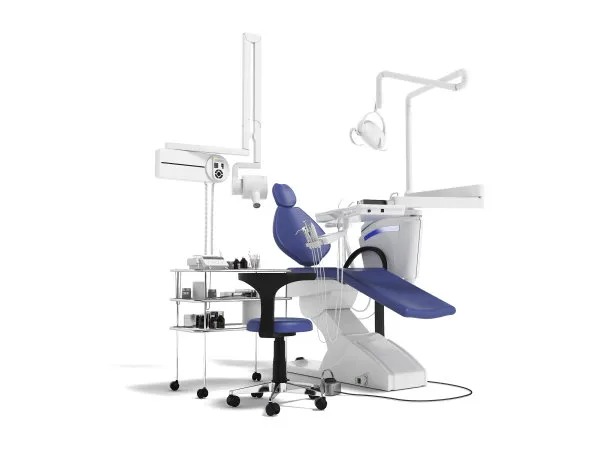Essential Guidelines and Precautions to Ensure a Successful Dental Implantation Procedure
Summary: Dental implantation is a significant procedure aimed at restoring lost teeth, but its success hinges on several essential guidelines and precautions. This article discusses crucial aspects including patient selection and evaluation, the surgical process, post-operative care, and the importance of follow-up and monitoring. Each aspect is explored in detail to provide comprehensive insights for both dental professionals and patients. By adhering to these guidelines, the chances of a successful dental implantation increase significantly, ensuring restoration of function and aesthetics in dental health.
1. Patient Selection and Evaluation Criteria

Successful dental implantation begins with meticulous patient selection. A comprehensive evaluation is essential to determine if an individual is a suitable candidate for the procedure. Factors such as age, oral health, and underlying medical conditions play a crucial role in this evaluation. Dentists must assess the overall health of the patients mouth, identifying any existing infections or periodontal diseases that could hinder the healing process.
Moreover, the patient’s bone density and jaw structure are critical considerations. Dental implants require adequate bone mass for proper integration. If the patients bone is insufficient, different grafting techniques could be employed to enhance the bone structure prior to the procedure.
Patient cooperation is equally vital. Those with habits like smoking or poor oral hygiene may face increased risks of complications. Therefore, it is essential to educate patients about the importance of maintaining good oral health and considering lifestyle changes before undergoing the procedure.
2. Key Surgical Process Steps
The surgical process involves several stages, each requiring meticulous attention to detail. Initially, the dentist conducts thorough planning, often using imaging technologies such as CT scans to map out the precise locations for implant placement. This planning helps in avoiding critical structures and ensures that the implants are positioned optimally.
During the surgical procedure, the dental implant is placed into the jawbone, where it will later fuse. This process involves drilling into the bone, necessitating strict sterility standards to prevent infections. The choice of anesthesia, whether local or general, should be tailored to each patient’s comfort and needs.
Intraoperative monitoring of vital signs is crucial during the procedure. The dentist should be prepared to manage any unexpected complications, such as excessive bleeding. Clear communication with the patient regarding what to expect during and after the surgery is also essential for alleviating anxiety.
3. Post-operative Care Essentials
Post-operative care is paramount for ensuring a successful recovery and the longevity of the dental implants. Patients should be provided with clear instructions regarding medication, diet, and oral hygiene after the surgery. Pain management is important, and dentists often prescribe analgesics to alleviate discomfort.
Dietary adjustments are also necessary. Patients should aim for soft foods initially, avoiding hard or crunchy items that could jeopardize the surgical site. Hydration is key, but it’s advisable to avoid using straws, as the suction can dislodge blood clots formed at the surgical site.
Patients should also be instructed on the significance of oral hygiene. Gentle brushing and avoiding the surgical site initially will help in preventing infection. Regular follow-ups with the dentist are necessary to monitor the healing process and the integration of the implant.
4. Importance of Follow-Up Care
Post-operative follow-up appointments should be scheduled to assess the healing process and functionality of the implant. These visits enable dentists to check for any complications, such as infection or implant mobility. Early detection of issues can significantly improve outcomes.
Educating patients about the long-term care of their dental implants is crucial. Regular dental check-ups, maintaining proper oral hygiene, and following a healthy lifestyle contribute to the longevity of implants. Understanding the care required can empower patients to take active roles in their dental health.
Long-term monitoring helps verify that the bones and surrounding tissues remain healthy. Dentists can recommend routine imaging for patients with higher risk factors to ascertain the stability and health of the implant. Continuous engagement in their dental health can encourage patients to adhere to guidance and best practices.
Summary:
In essence, ensuring a successful dental implantation procedure involves stringent patient selection, meticulous surgical processes, diligent post-operative care, and ongoing follow-up. By embracing these essential guidelines and precautions, patients and dental professionals can work together to achieve optimal results in restoring dental aesthetics and function.
This article is compiled by Vickong Dental and the content is for reference only.


